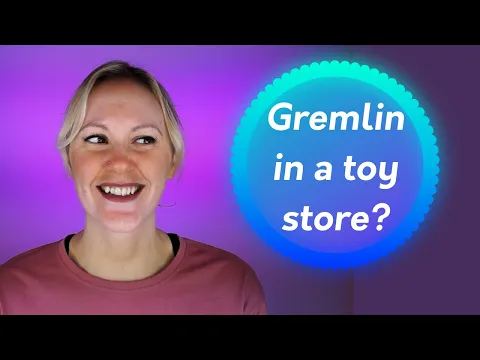
Demi: [00:00:00] Okay, so you keep saying, making plans is essential to behavior change, but why can’t I just make it up as I go?
Simon: Okay, no worries. I’ve got a weird metaphor to explain it.
Demi: Oh, okay. Tell me a weird metaphor.
Simon: Hey everyone, Simon and Demi here, and today we’re gonna be explaining why planning is the only way to win in the early stages of behavior change. So come take a walk with me down Metaphor Lane.
Demi: This is gonna be dumb. They’re always dumb.
Simon: Okay? So if you’ve ever watched one of my videos before or spent any time with me, then you are aware that we have two different sides to our mind.
We’ve got the one side of our mind that really cares about the here and now, and you being happy in this moment. Which is usually detrimental to reaching your behavior change goals. We then have the other side of our mind, which is the logical side, which cares about changing your behavior and your long-term [00:01:00] plans and ambitions.
Usually I’d call these the gremlin and the human. But for today’s metaphor, we’re gonna think of them as the toddler and the parent.
Demi: Oh, see, it’s weird already.
Simon: So the problem is 95% of the time, if not more, it’s the toddler side of your brain that’s in charge, the side that cares about you being happy right now, the one that wants to choose.
The pizza over the salad. The parent side of our brain is the smart one that can make the long-term choices, but it’s in charge very, very small percentage of the time. So what we need to do is when the parent is locked in, we need to use it to make plans so that when the toddler’s in control we’re more likely to have consistent behavior change.
Demi: Okay. It actually
makes
sense.
Simon: Calm, that’s not the metaphor’s final form.
Demi: Of course it isn’t.
Simon: So let’s go a little bit deeper. So let’s imagine that you take this toddler part of your [00:02:00] brain and you put them into a toy store and you tell them not to touch any of the toys and then leave them there for 95% or more of the day.
We both know that that toddler is touching a lot of these toys. The toys represent the behaviors you want to avoid.
Demi: Oooh
Simon: the better strategy is to put a playpen up around a toddler in the store, which does include a couple of its favorite toys. The toys in the playpen are small indulgences you put in to make long-term behavior change easier.
This way, you have a far higher chance of keeping the toddler away from all of the toys, behaviors that you don’t want them to indulge. Whilst also being less likely for them to kick off as they do have some of their favorite toys, indulgent behaviors in the playpen with them. This way you have far more chance of preventing the toddler getting to all of the toys in the store.[00:03:00]
Whilst also keeping them happy and satisfied as they have some of their favorite toys in the playpen with them.
Demi: Okay. You managed to land this plane.
Simon: Cheers, babe. And I feel you’ve had a bit of an easy one here, so I’m gonna let you take the outro.
Demi: Okay guys, thank you so much again for tuning in. If you wouldn’t mind to give us a, like, subscribe to our channel or just pass this along to your friend, it may help someone in the long run.
Anyways, we’ll see you next week.


